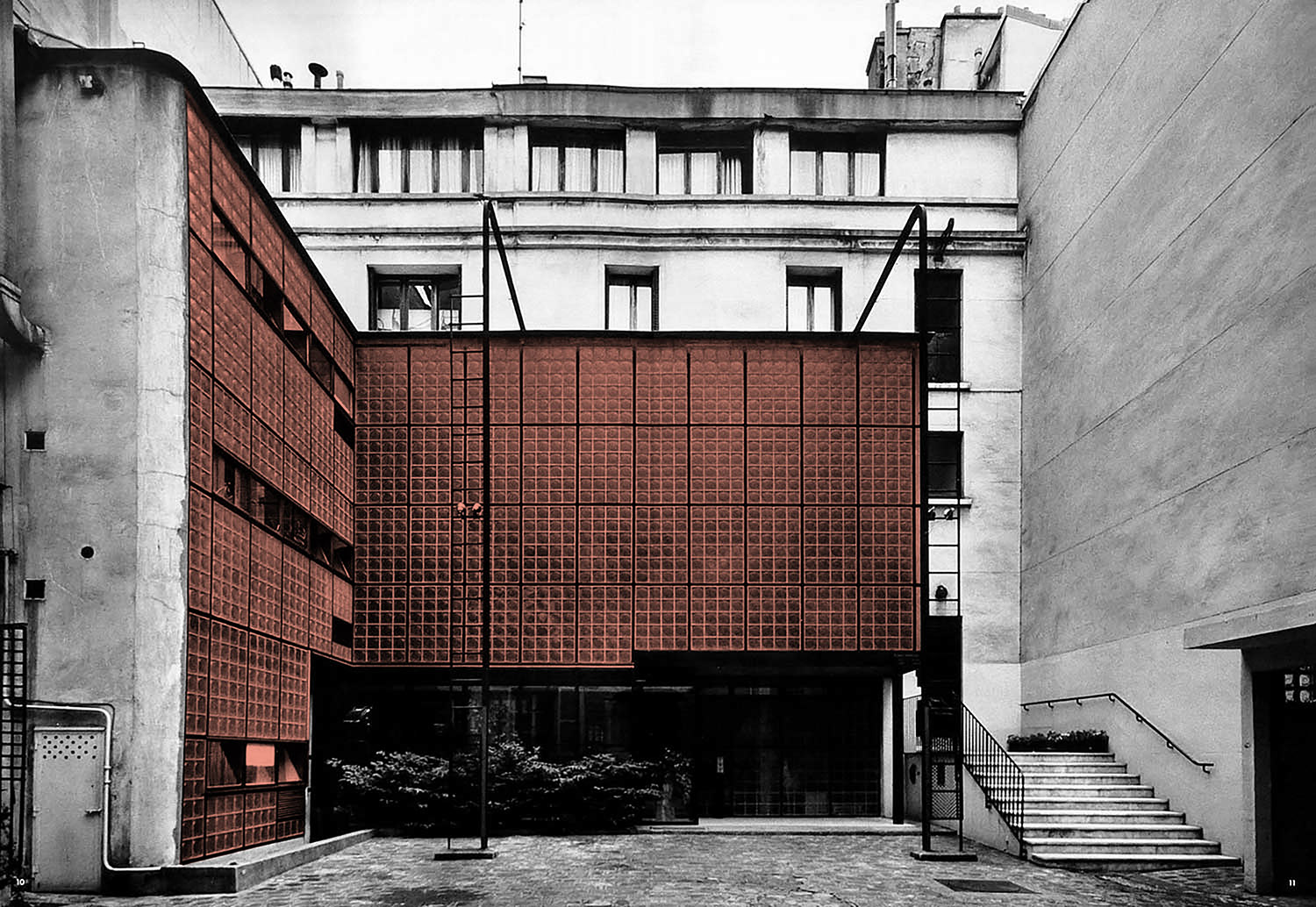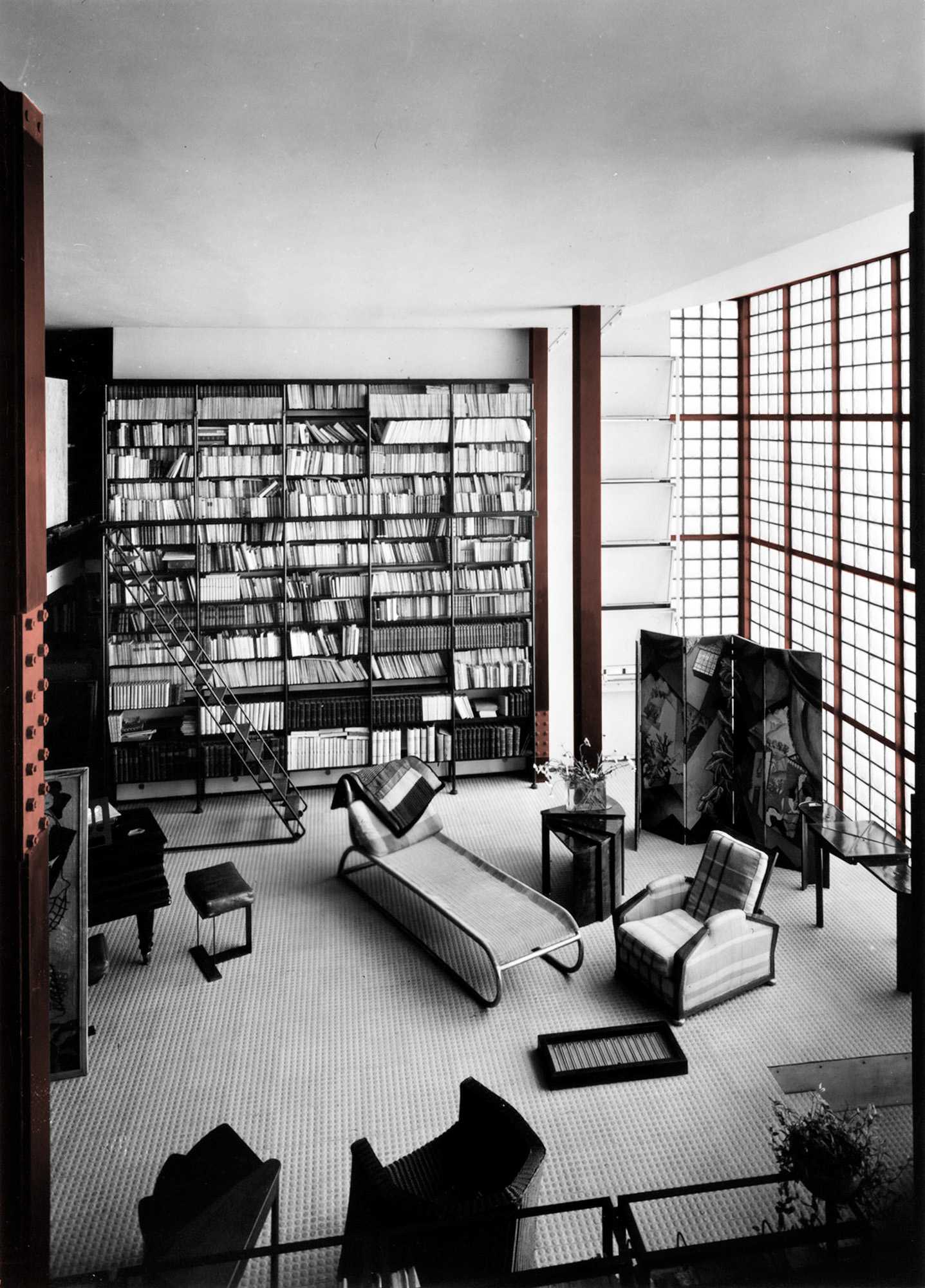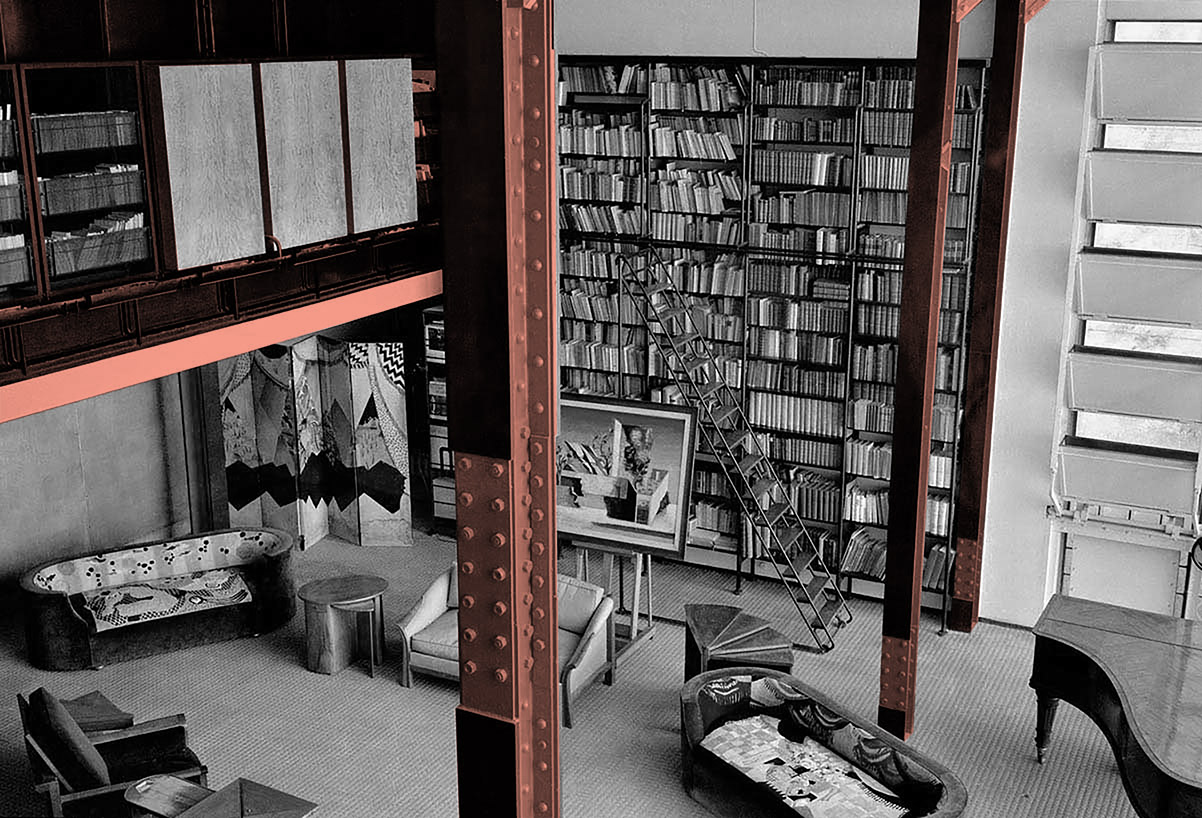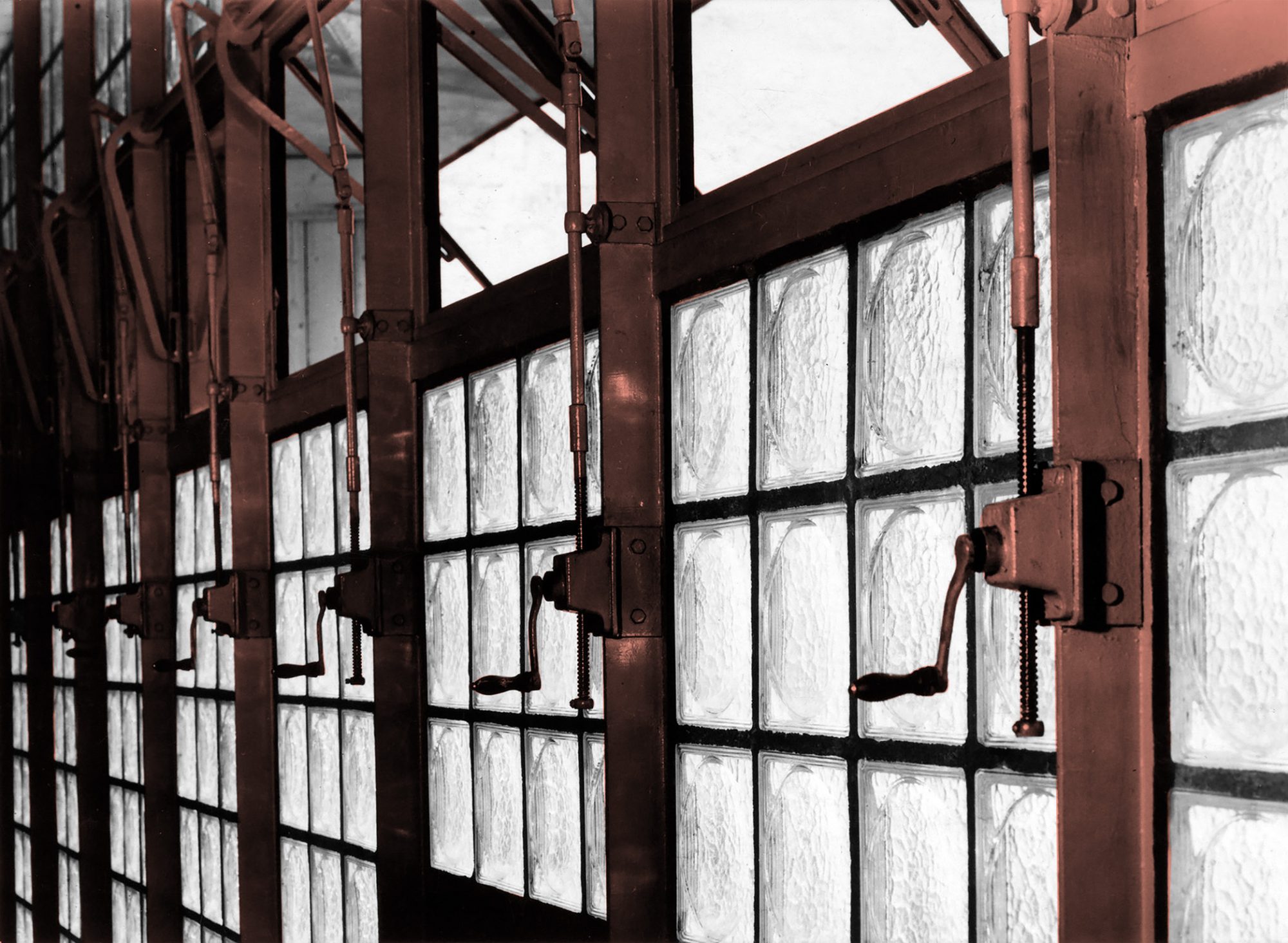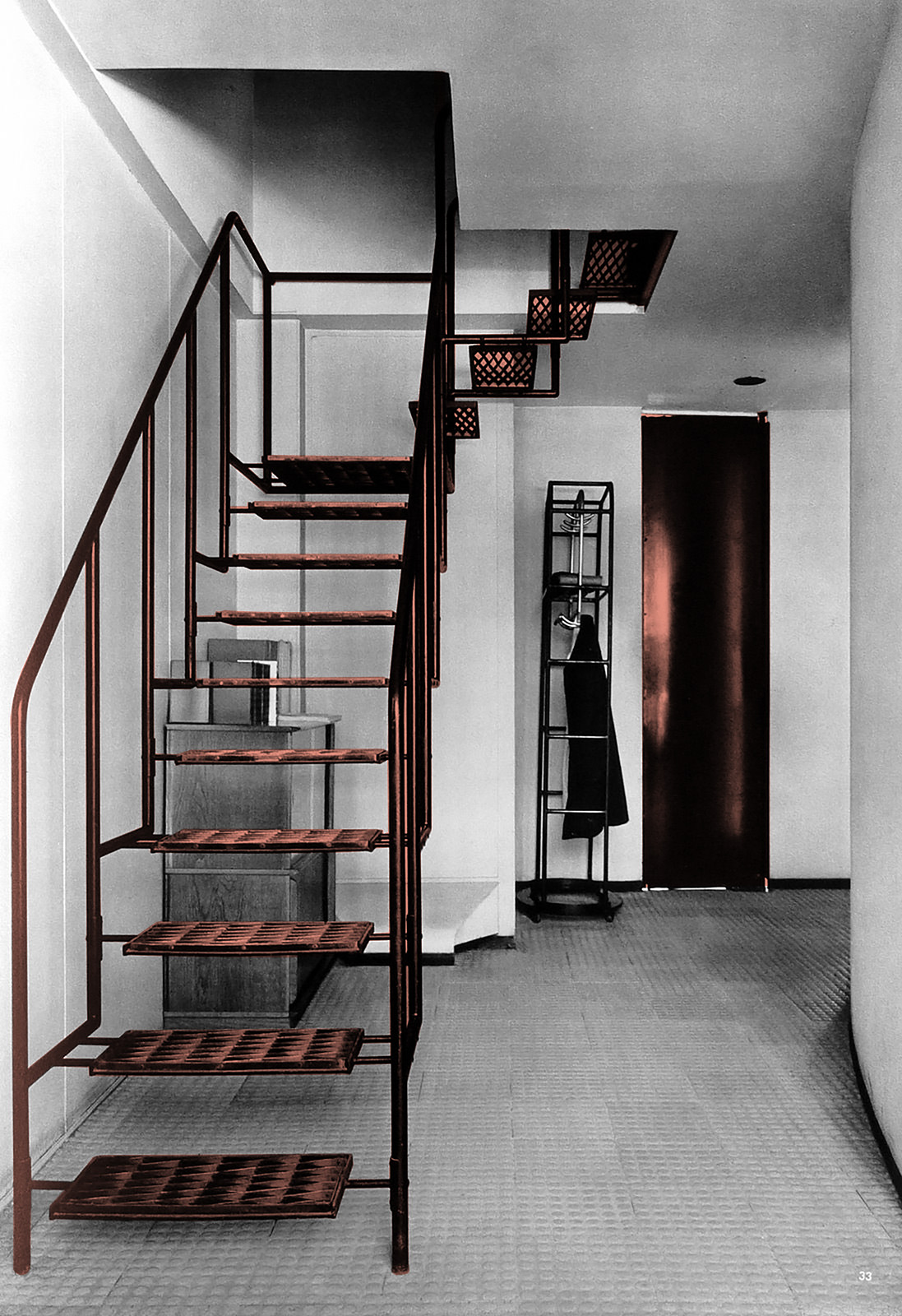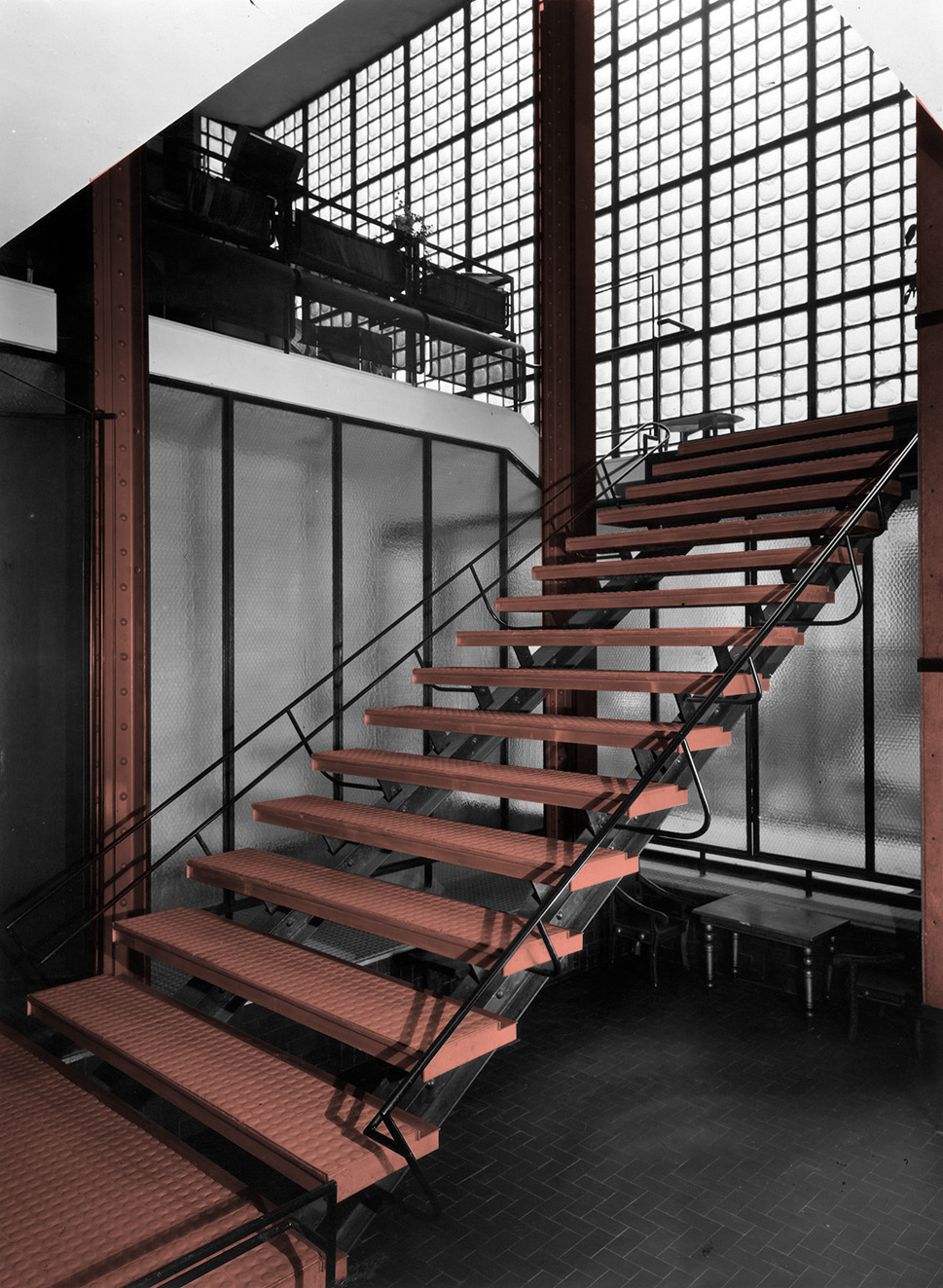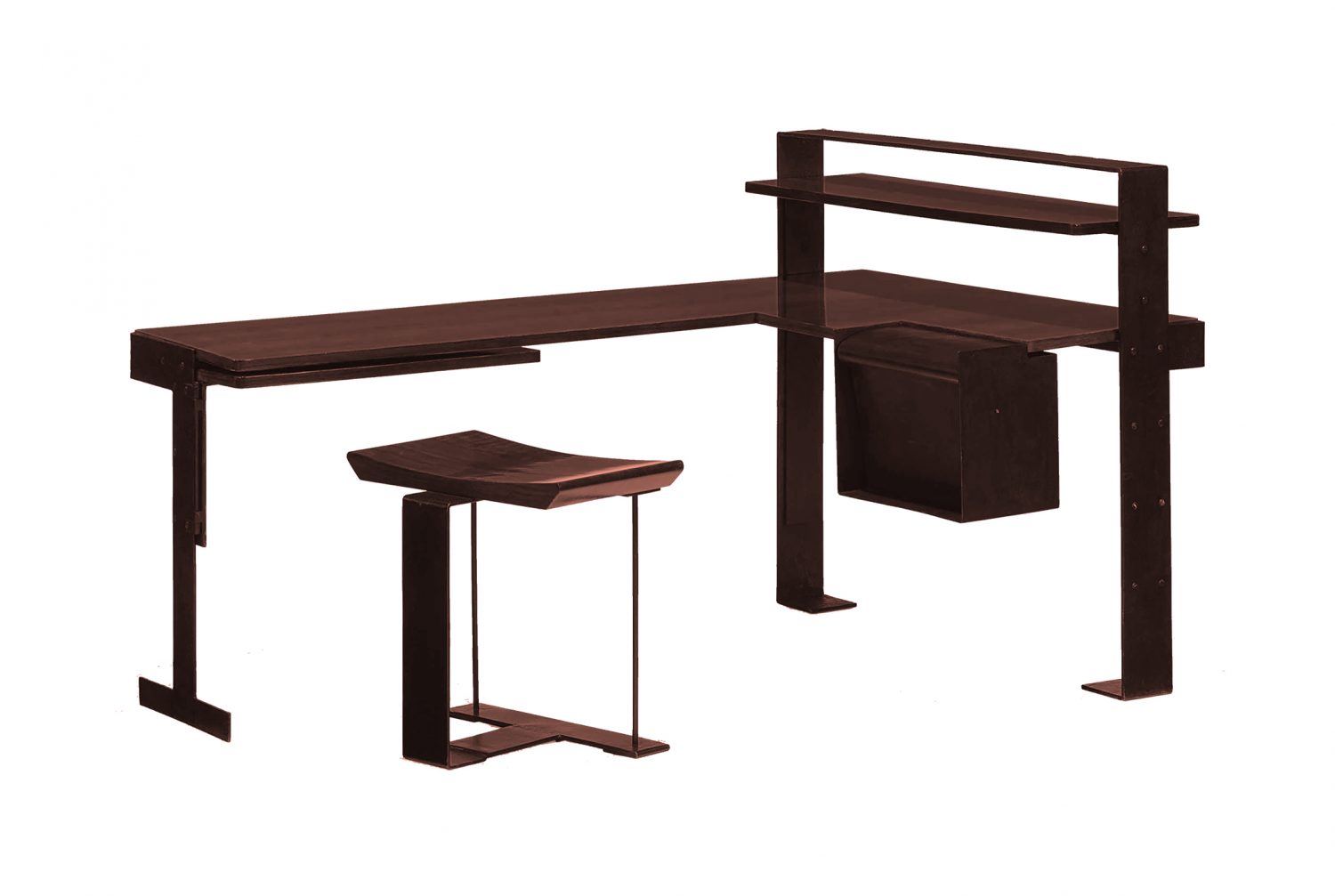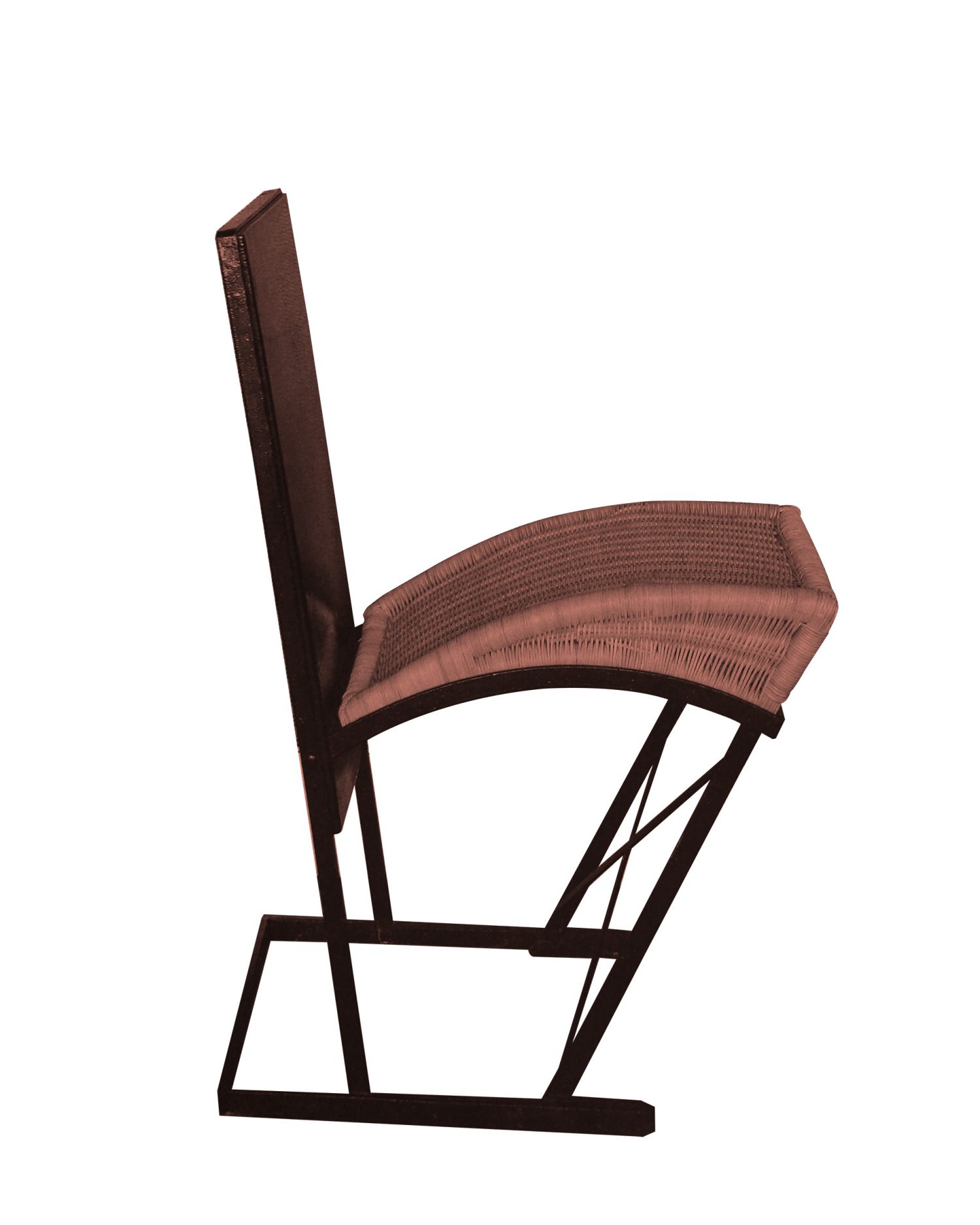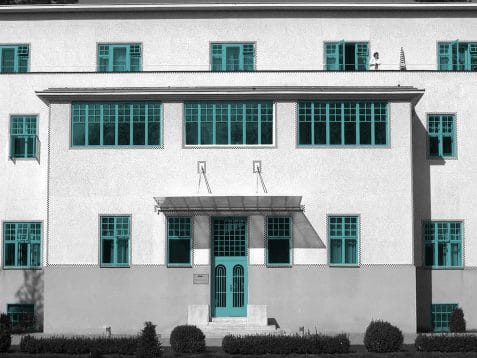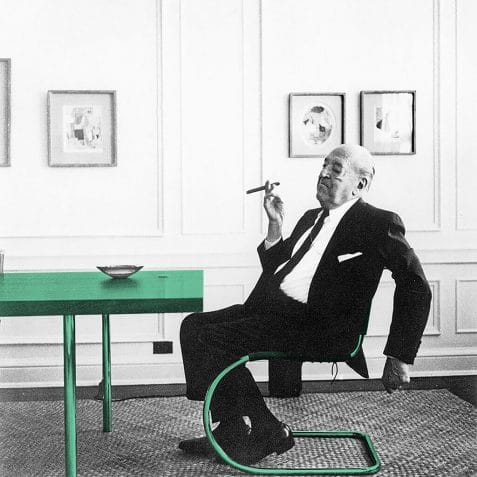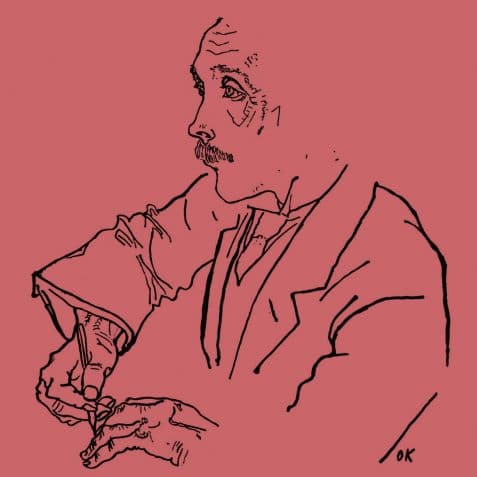INTERIOR
La Maison de Verre, a Glass House in Paris #Bernard Bijvoet #Pierre Chareau
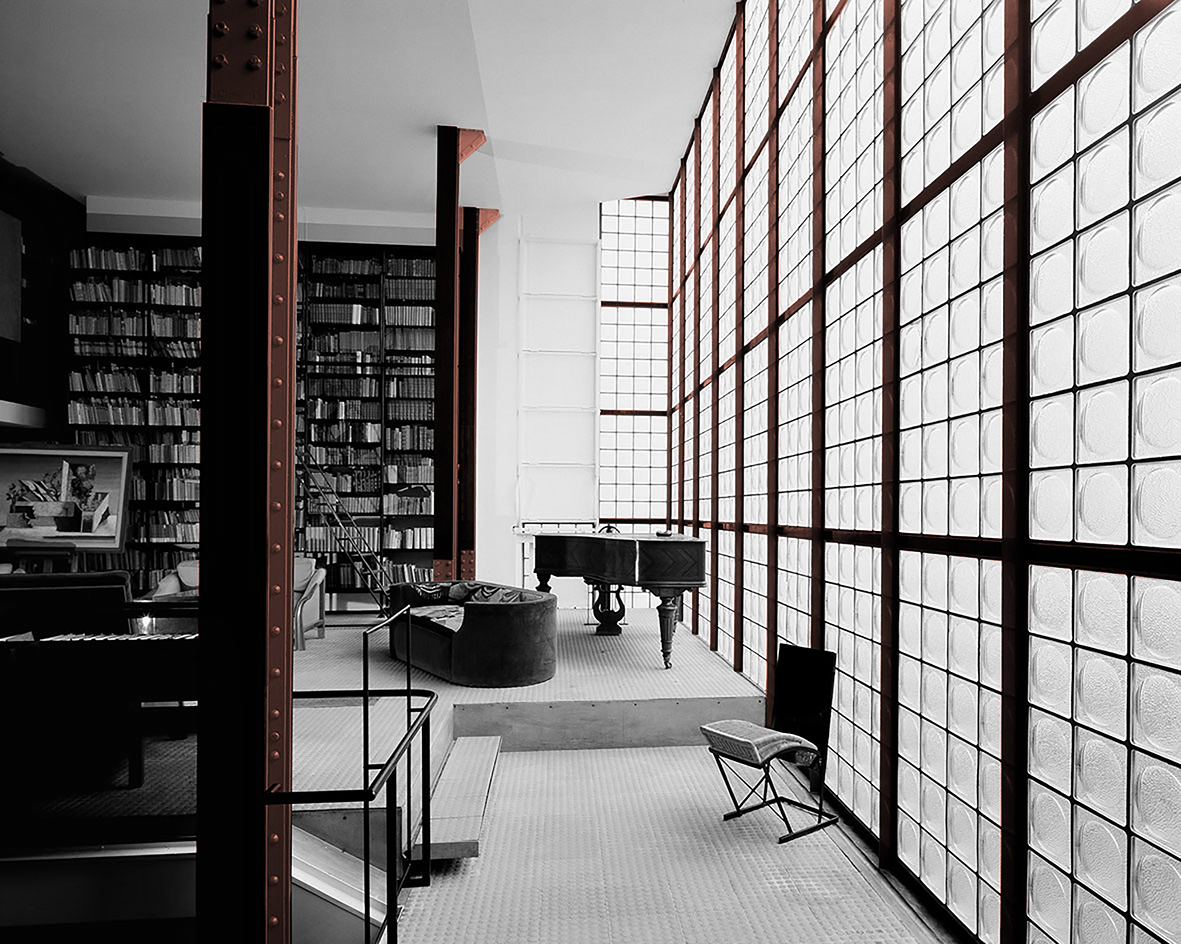
The house that Annie and Jean Dalsace had built at 31 rue Sant-Guillaume in Paris is undoubtedly a rara avis in the history of modern architecture. Construction began in 1928, the same year as Le Corbusier’s Vile Savoye and Mies van der Rohe’s Tugendhat House, although its critical fortune began much later than that of these two paradigmatic works.
Its authors were also an unusual couple. Pierre Chareau was a notable Art Deco furniture and interior designer, but his work as an architect was quite scarce. For his part, the architect Bernard Bijvoet collaborated with Jan Duiker in Holland on a markedly constructivist work until he left for Paris and had a long career afterwards. Together, Chareau and Bijvoet had also built a golf club at Chateauvallon, but nothing in that work yet foreshadowed the unique character of the Dalsace House.
The project began with the demolition of an old house between party walls. Part of its unique character stems from the need to maintain the apartment on the upper floor, which was underpinned by a riveted steel structure. This exposed structure would be the first characteristic feature of the new house. Its second characteristic feature, a whole façade made of glass bricks, would give the house the name by which it is best known, Maison de Verre.
La Maison de Verre would become a unique example of the aesthetics of the machine because of the aforementioned features, but also for the industrial but refinement and originality with which they, together with the blacksmith Louis Dalbet, designed the entire interior with its particular details: retractable ladders, hinged windows, translucent screens, mobile partitions, folding tables or rotating cabinets. Chareau took advantage of the collaboration with Dalbet to develop an environment determined by technique, where the details and materials show the potential of the industry although the actual methods that they used were still far from effective mass-production.
